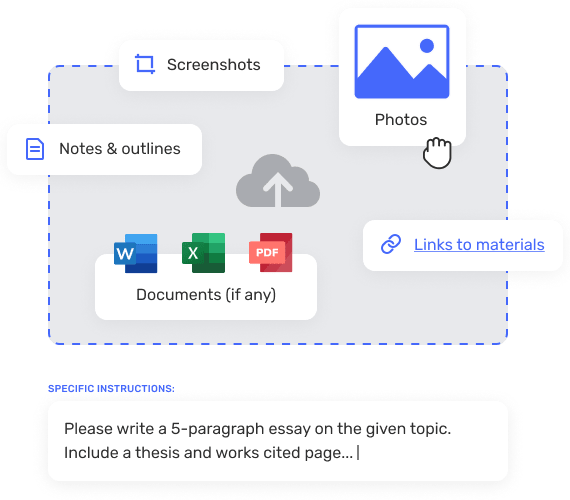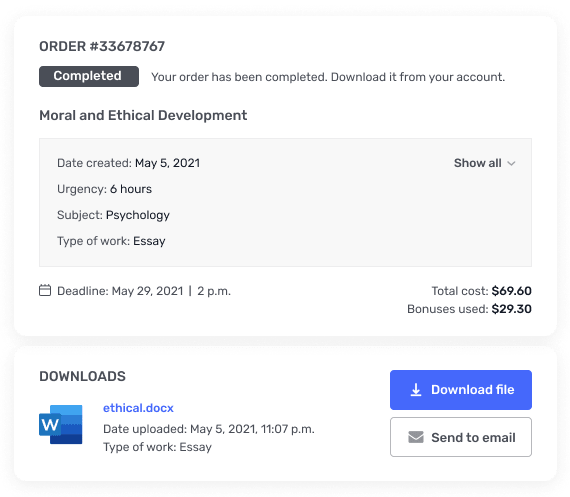There are only two rules for the real world negotiation assignment.
To
encourage you to think about the many, everyday opportunities to negotiate, and
to improve your negotiating skills, you need to go out and negotiate in the
real world. You can negotiate for anything you like – a hotel bill, a signing
bonus, a piece of jewelry, who will clean the bathroom or do the dishes, who
gets the bigger room in the apartment…anything at all. Please note that you do
not have to buy anything to complete this assignment. On the contrary, you may
be on the selling side in the negotiation, or your negotiation may not involve
a purchase at all.
There
are only two rules for the real world negotiation assignment.
1. You
may not tell the person you are negotiating with that this is for a class
project until the negotiation is completed (and then you can decide whether or
not you want to tell). You are not allowed to resort to a plea of “Please help
me out for a class.”
2. You
are not allowed to engage in a negotiation that you do not intend to follow
through with if the outcome you desire is obtained. For example, you must be
willing (at some price, under some conditions) to acquire the item for which
you are negotiating. Do not start a negotiation in which you would never want
to come to agreement.
After
you finish negotiating, you will write an analysis of the negotiation. Your
paper should contain a description of what happened and what the outcome was.
However, exemplary papers will do more than simply recount the details of the
interaction. They will also discuss preparation and strategy and will
critically analyze what happened and why. You should try and include all
relevant strategic elements of the negotiation (e.g., issues, interests,
priorities, BATNAs,
aspirations,
outside parties, constraints, etc.) in your paper. You’ll want to integrate
concepts from the readings and class discussions, as well as offer your
insights and lessons-learned. You will not be penalized for writing about a
failed negotiation – we can learn as much from negotiations that fail as we can
from those that succeed!
Your
grade for the real world negotiation paper will be based on the following
criteria:
Creativity. How unique was the context? How creative was your strategy? How did
you meet expected and unexpected challenges?
Quality. Is it well written?
Analysis.
Have you correctly employed key concepts to assess the strategic landscape of
the negotiation? How well have you applied your learning from the course to
your analysis of this case?
Self-Reflection. Have you linked your experiences with your goals for the
course, your strengths and weaknesses? What have you learned about your
negotiating style and skills from this negotiation experience? What would you
do differently in the future?
Some information
from class:
ZOPA,
Distributive Negotiations
Principled negotiation
Creativity in negotiation
Fixed-pie
bias: The assumption that a negotiation is purely distributive
Expanding the pie: Creating value for both parties
Different priorities produce the opportunity to create
value; Differences = Opportunity!
Pareto efficiency
Pareto principle: Not to be confused with the Pareto
principle; 80/20 rule
Contingent Contracts: Contingent contracts usually occur
when negotiating parties fail to reach an agreement
• Contract becomes “contingent” because the terms are not
final and are based on future events or conditions
• “If-then” agreement
• If a certain condition is met, then a particular
outcome will result
Advantages of contingent contracts
• Allow you to “bet” on differences rather than simply
arguing
• May allow deals when there is no ZOPA
• Allow you to diagnose when the other party might be
exaggerating
• Can increase value
Consider your alternatives
• Reaching an impasse is sometimes the best course of
action
Come to a negotiation knowing what you can and cannot
discuss
• Have ready
responses to the questions you don’t want to answer (or can’t, or shouldn’t)
Know your constituents and your responsibilities to them
Three ways for disputants themselves to resolve a dispute
• Try to integrate the interests underlying the dispute
• Try to determine who is right and who is wrong under
some standard of contract or law • Try to determine who is more powerful, who
has the leverage to make the other side back down from the claim




